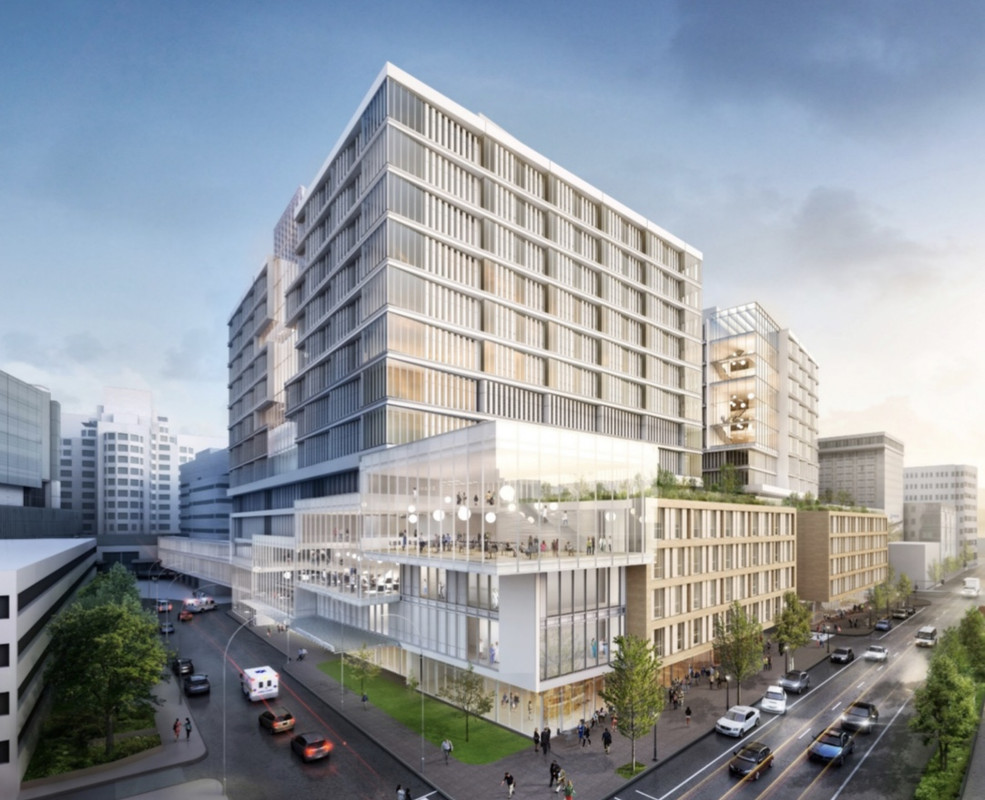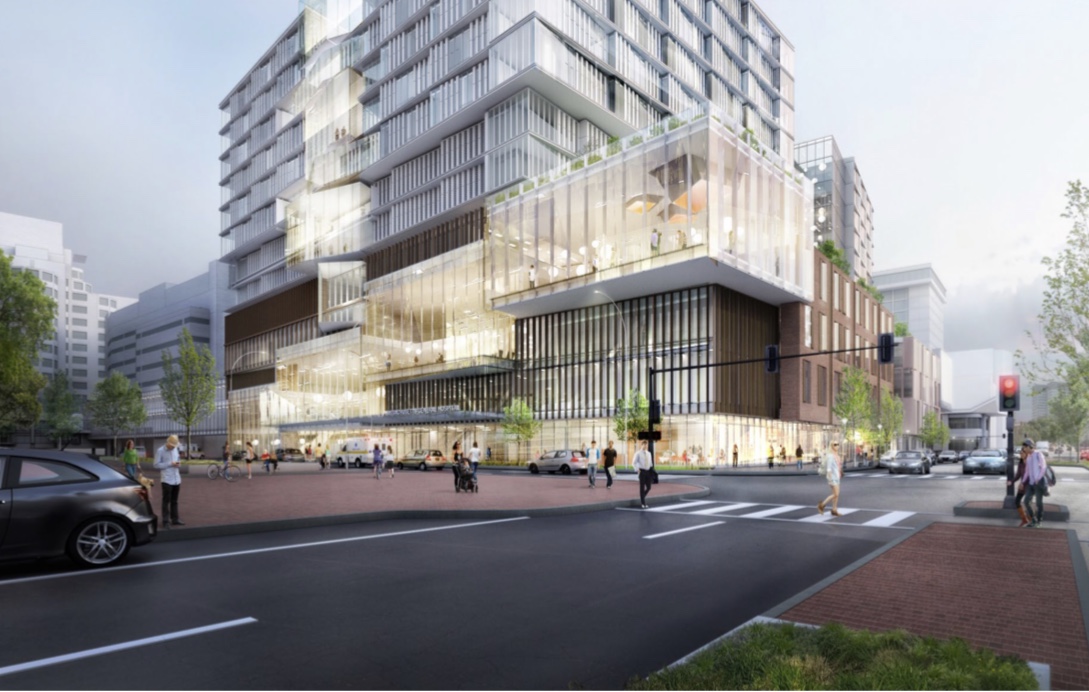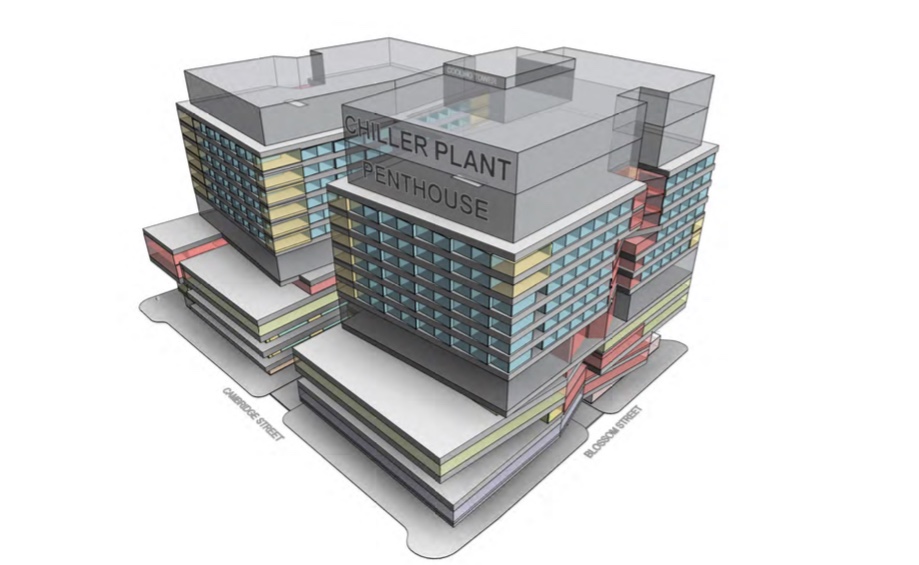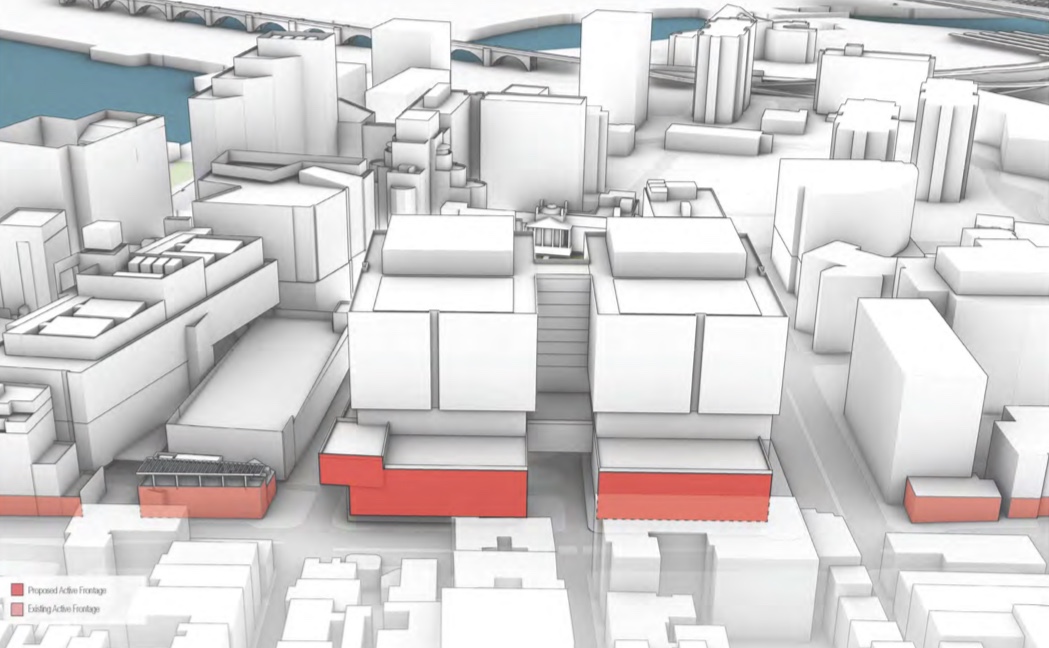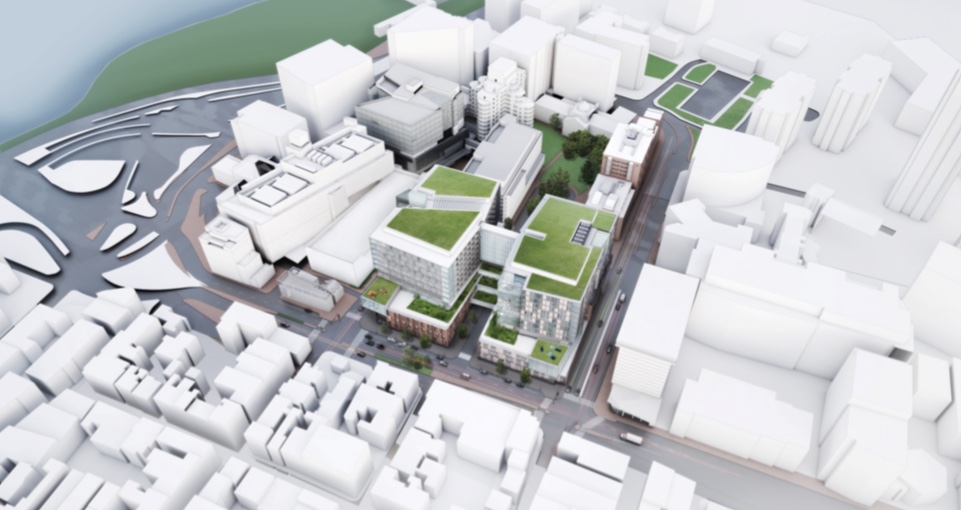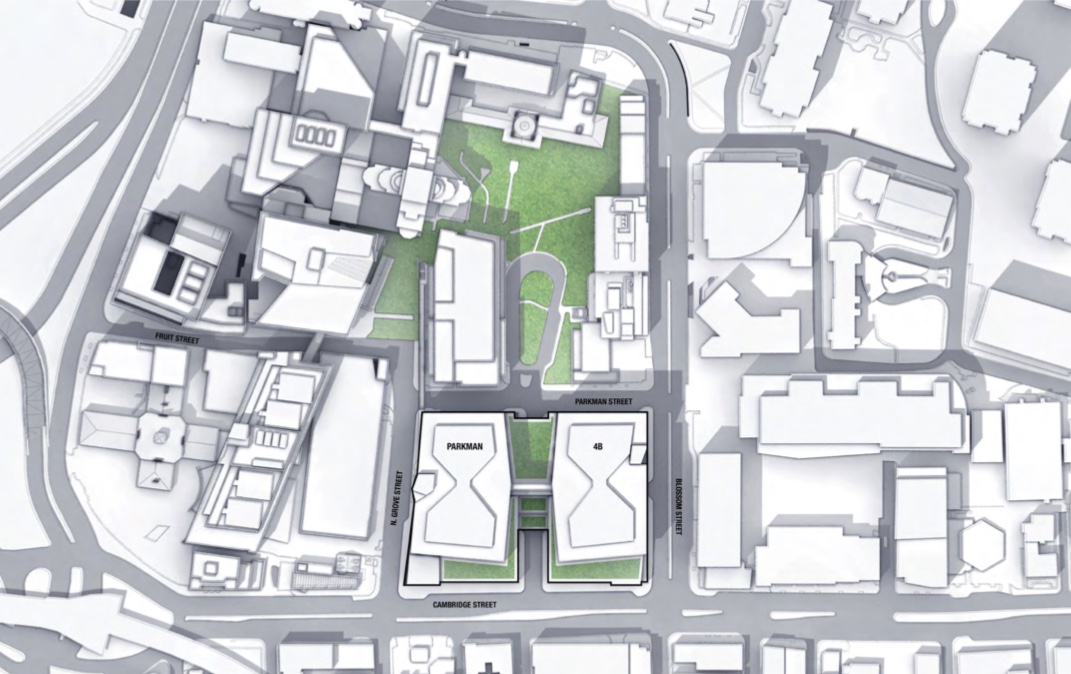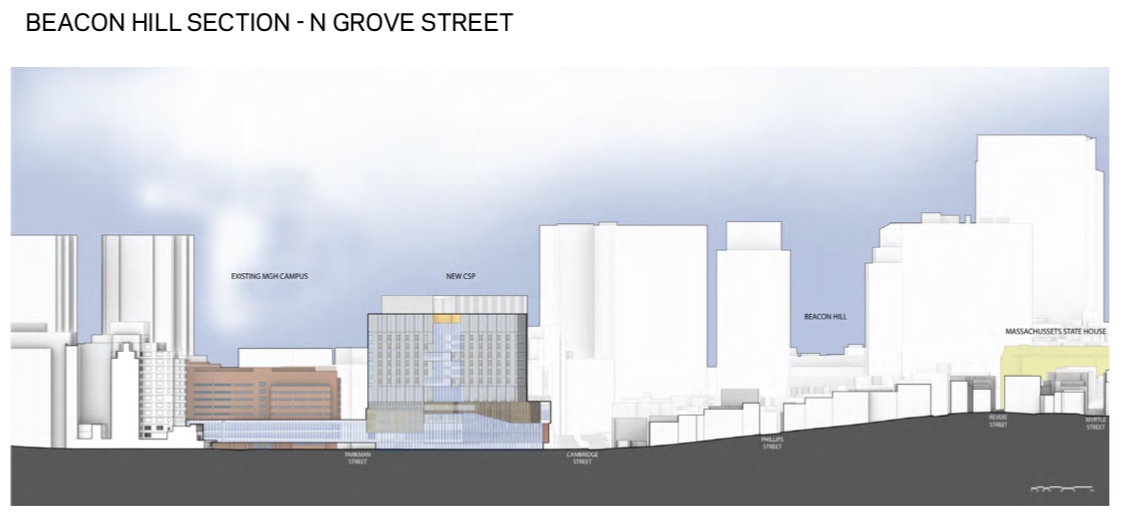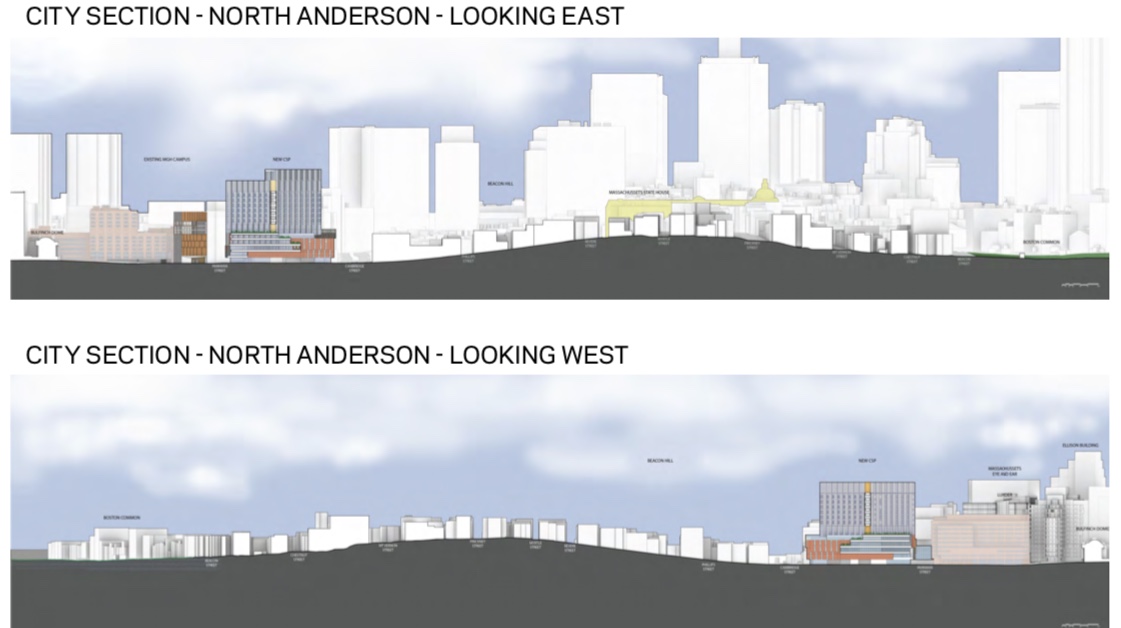The West End museum has weighed in on this proposal. Could one of our architects/historians let me know how to feel about this?
FULL ARTICLE:
https://www.bizjournals.com/boston/...int-dont-destroy-what-remains-of-bostons.html
"We at the West End Museum oppose any development project by Massachusetts General Hospital that would demolish any of the few remnants of the West End that remain.
At risk are West End buildings that survived the 1950s urban renewal that leveled most of the West End. The West End House and The Winchell Elementary School on Blossom Street are historically and culturally significant, and they hold fond memories for former and current West End residents and their families.
The Winchell Elementary School, located at 24 Blossom St., was built as a public elementary school in 1884-1885. Arthur H. Vinal, Boston’s city architect from 1884 to 1888, was responsible for the Romanesque Revival design. The school closed in 1960, and the building was purchased by Massachusetts General Hospital in 1963 for use as a school of nursing. Since 1985 it has housed various other hospital functions. Winchell Elementary School is one of roughly a dozen buildings to survive urban renewal and was determined eligible for National Register listing by the Massachusetts Historical Commission in 2005.
The West End House is located at 16-18 Blossom St. and consists of a three-story, five-bay-by-two-bay Colonial Revival brick building constructed in 1929 as a settlement house."
View attachment 929

